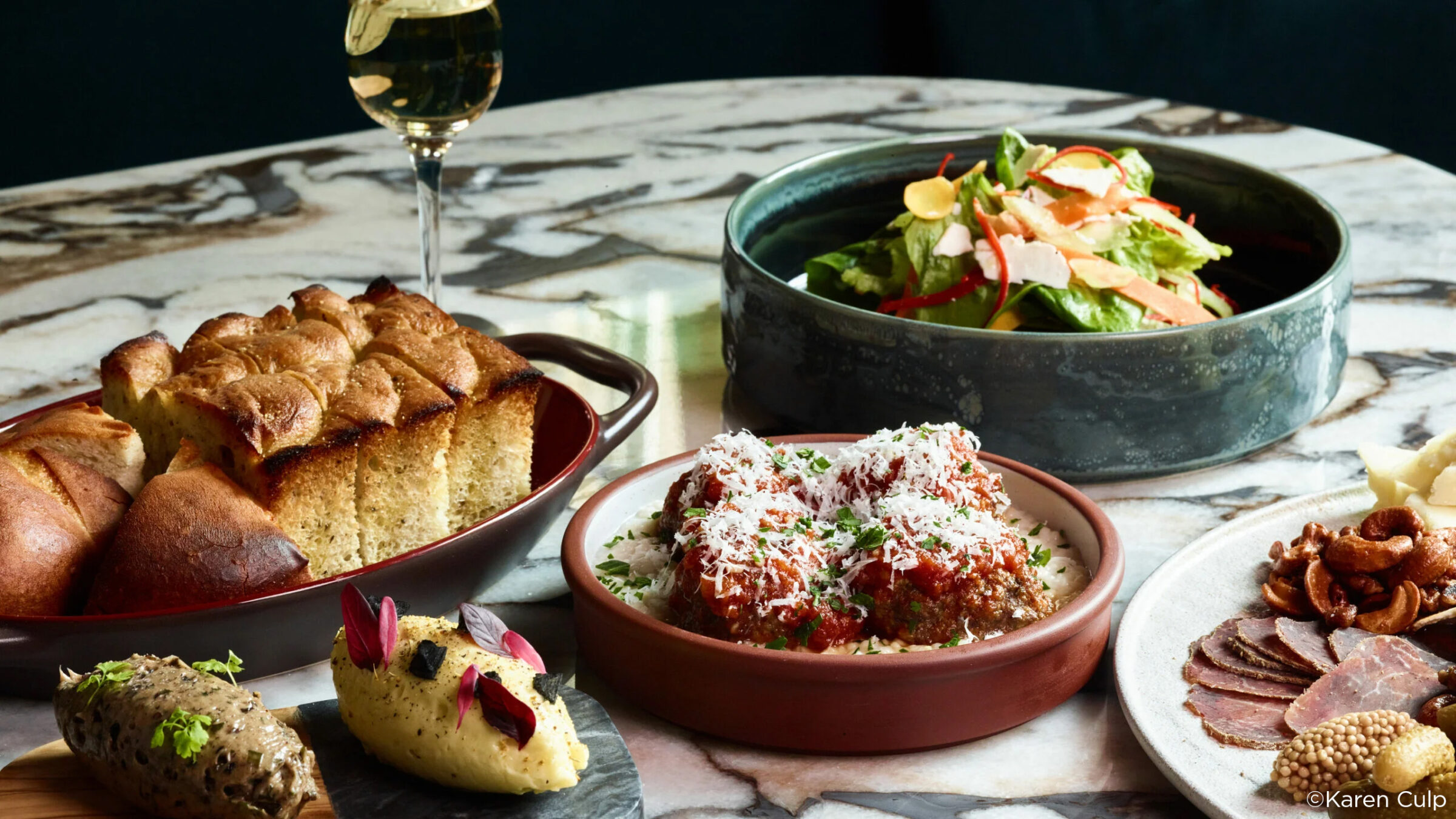About Karen Culp
Karen Culp is the owner, Creative Director and Photographer at KCULP Photography + Design, a full-service agency. She studied Graphic Design at the University of Illinois, where she also earned a Division I Tennis Scholarship. A sought-after brand expert, she has spent nearly two decades as an art director, brand manager, creative director, and commercial photographer.
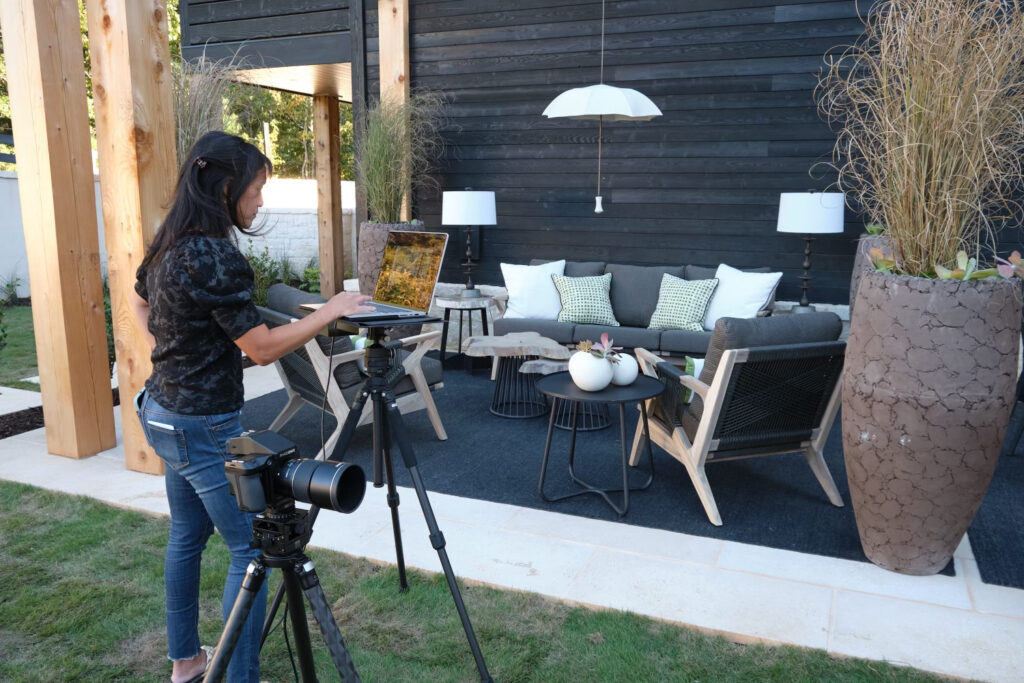
How did your early “corporate work” influence your approach to branding?
Designing for the corporate world meant following strict brand standards. I learned early on just how a properly defined brand becomes a company’s identity and how all design and visuals need to support it. Visual presentation is the most important part of branding. It’s someone’s first impression before they even read the headline or fine print.
This understanding has motivated me, as a photographer, to create with a very clean approach to my clients’ brands. It’s especially fun working with a new brand, one with no prior representation, so I get to be the first to set the standards.
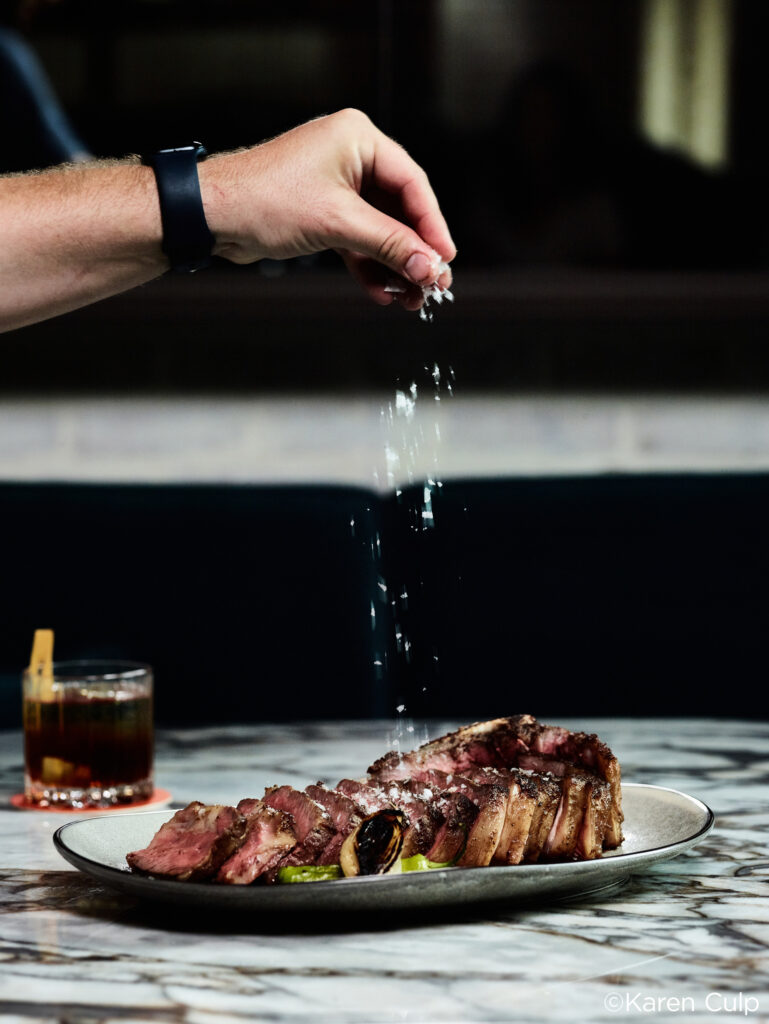
What does it mean for your design work that you are also the photographer?
It means I have full creative control over all aspects of the brand. It excites me to be the one elevating or defining a brand, its visuals, and all aspects of design. I take a lot of time setting up and adjusting my lighting, composition, and focus. When I hear a client say, “that looks perfect,” I know I’ve done my job right.
How has your experience competing on the tennis court helped you in the world of design and photography?
Being an NCAA player means striving for perfection through dedicated hard work and perseverance. It stretches your limits mentally and physically. And you must be a supportive team player. So too, in the design world, a high standard of excellence is critical. It doesn’t work to go just halfway. I might also add that the physical strength I needed as a collegiate athlete also makes it easier to carry and hold a Phase One camera.
How have you evolved as a photographer to better serve your clients’ brands?
I’ve become more of a perfectionist with maintaining standards — especially as I’ve continued to gain more experience and clients. It’s one thing to check the box to get the job done, but I’d much rather exceed expectations and knock their socks off if I can.
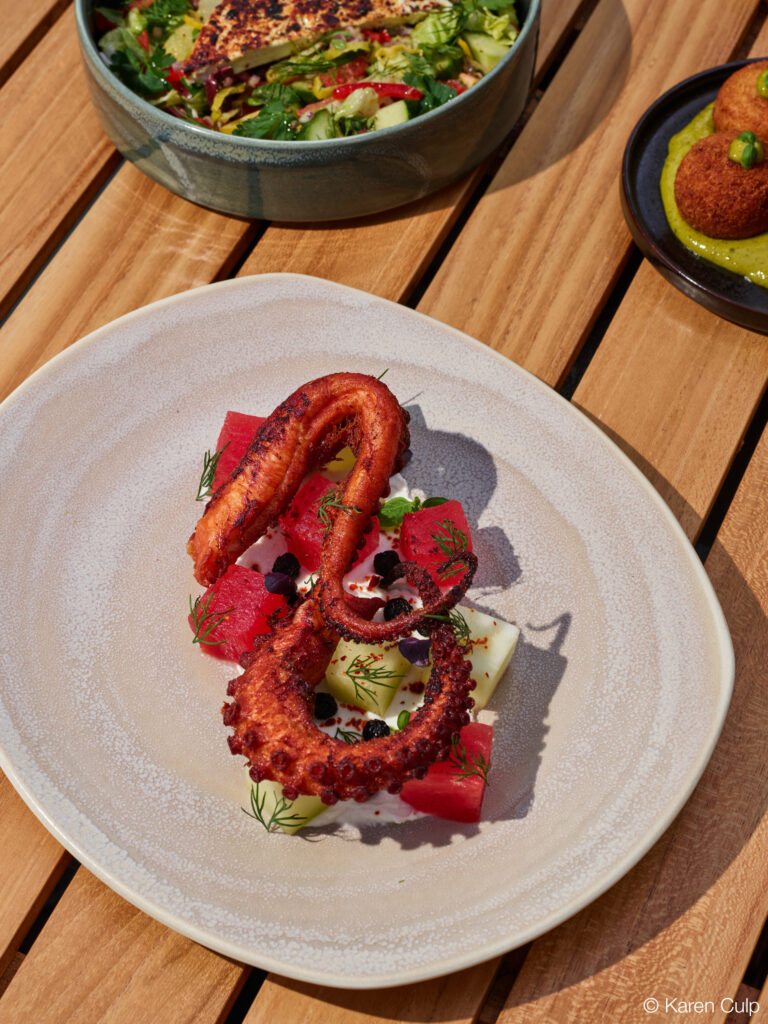
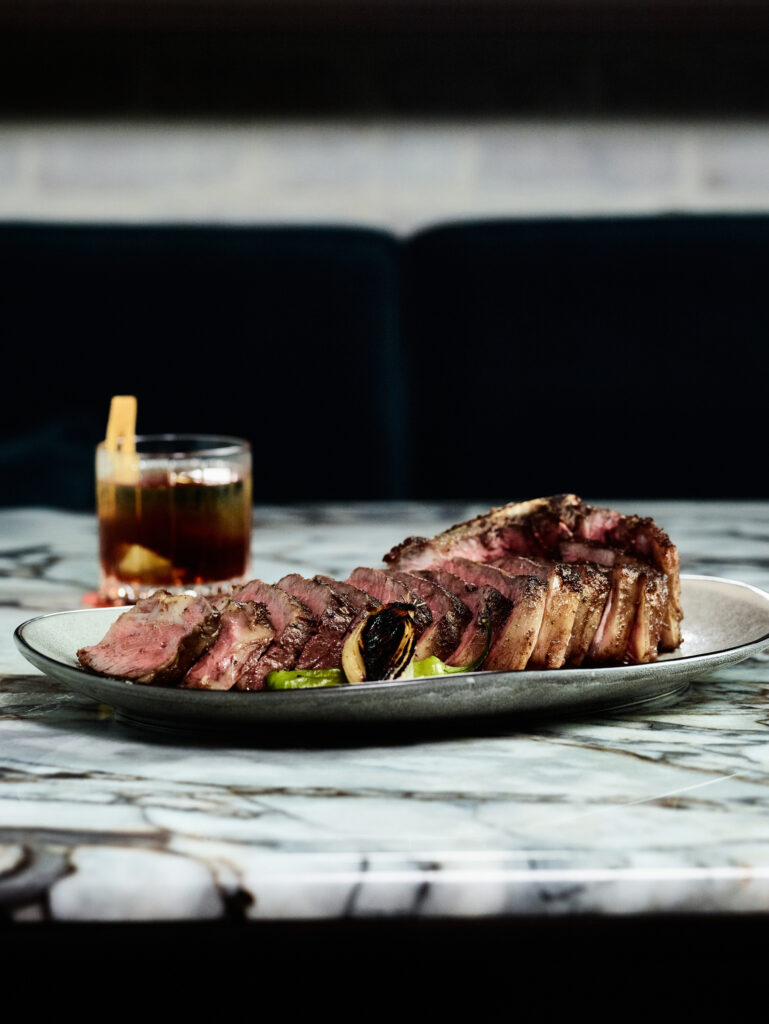
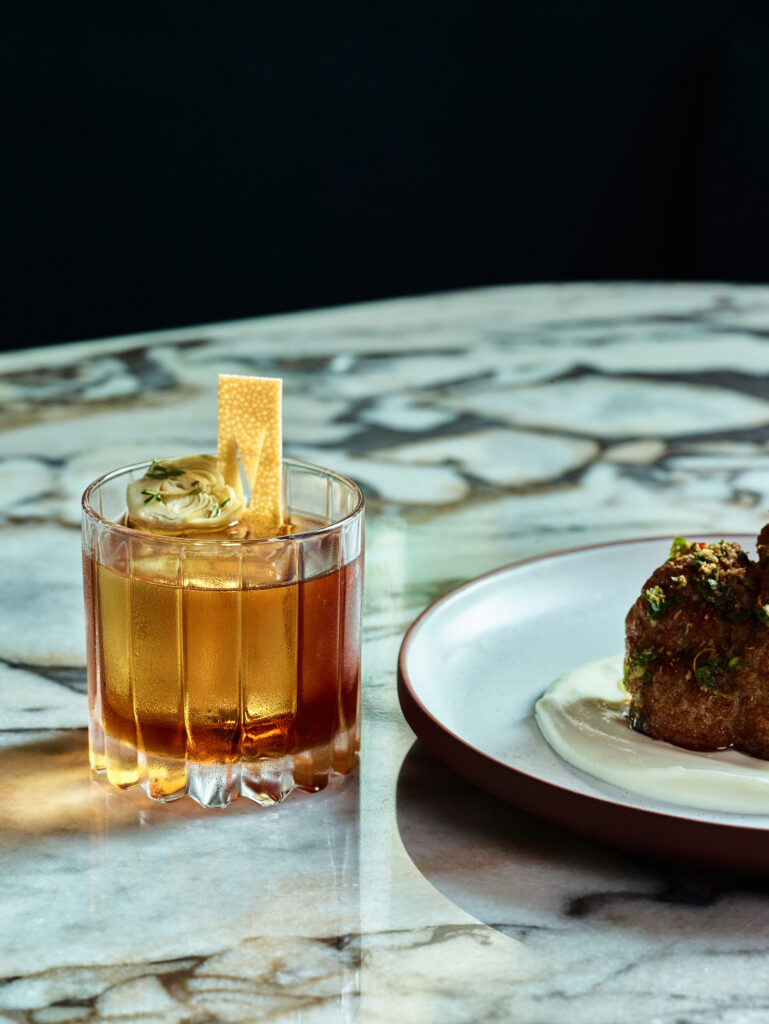
What led you to medium format gear?
I really wanted to elevate my work. I knew Phase One was an amazing system, but I didn’t realize just how incredible it was until my first couple of shoots. I was blown away by the amount of detail I could capture in my images. One of my first shoots was about as unglamorous-sounding as you can get – I was photographing macro shots of magnetic powders and chemicals for a 140-year-old company, and the photos were sexy!
Where did you hear about Phase One and when did you decide to invest in a system?
While Creative Director at a previous company, I art directed a furniture catalog shoot with a photographer who had a Phase One system. I was fascinated by it and how amazing the photos looked. Since then, I’ve upgraded the digital back twice – I previously had the P65+, upgraded to the IQ1 80 and now I have the IQ3-100, and I love it.
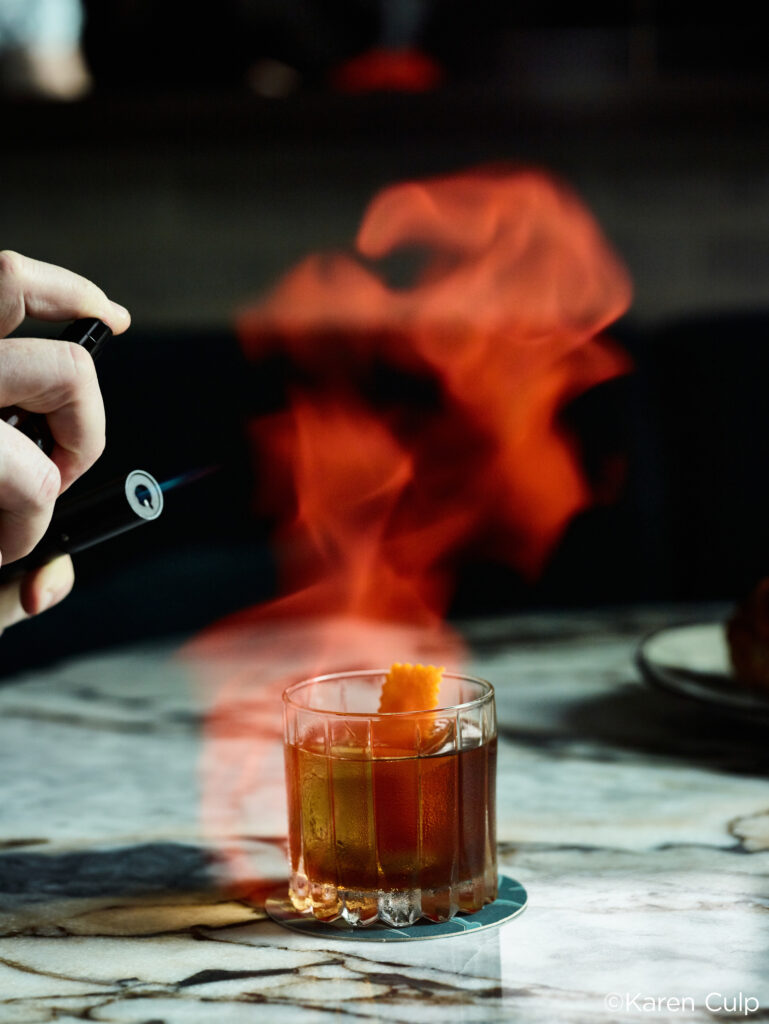
Of all the various kinds of commercial photography, do you have a favorite?
I really enjoy the variety I shoot week-to-week — whether I’m photographing shoes on a model, skincare products, food in a restaurant, Golden Retriever puppies, or interiors. They’re all so different when it comes to styling, lighting, and focus. Variety is the spice of life, as they say, so it’s hard to choose between them.
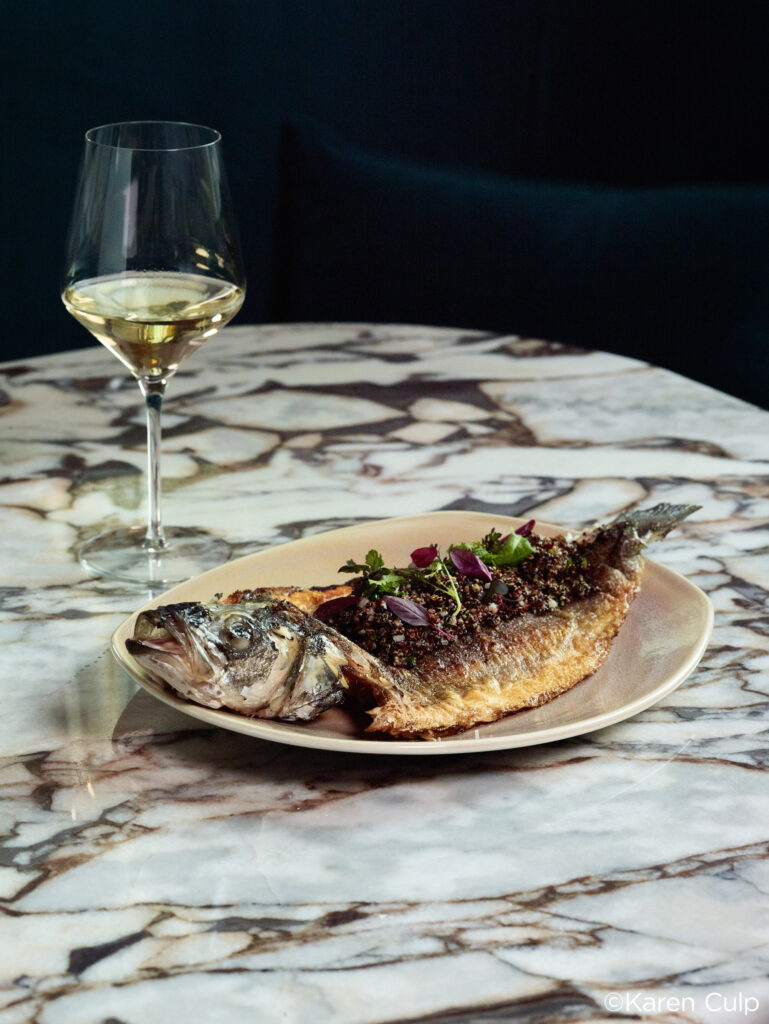
What about food photography?
I love to cook, and I love food. Once, I even considered culinary school. I have so much appreciation for what chefs can create the combination of flavors and how their artistic plating takes so much skill. I love capturing the detail and texture of food — so you can almost taste it. Being able to sample after, is also a bonus.
What are the least understood aspects of food photography?
Finding the best angle and shooting quickly enough to capture its freshness can be challenging. Ingredients will fall, wilt or melt, depending on what it is. Also, lighting consistency is key. Incandescent lighting often mixes with the strobe in an unflattering way. When people ask if you want to keep the lights on, just say, “no thanks.”
How do clients hear about you?
Word of mouth, mostly. I get referrals from past clients most of the time.
Can you tell us about a particular shooting experience that surprised you?
I recently participated in an architecture and interiors workshop in Georgia with about 16 other photographers shooting stunning interiors designed by the most respected designers in Atlanta. Many were quite experienced, so it was wonderful to shoot with peers and learn from one another. At one point, another photographer asked to shoot alongside me. He set up his camera – a popular medium format system — right next to mine. We were both shooting tethered, and I was very surprised at the distinct difference in color and detail in my raw shot versus his (I think he was a little shocked, too). I was shooting with the Phase One XT with the IQ3 back, and the technical quality of the shot was vastly superior.
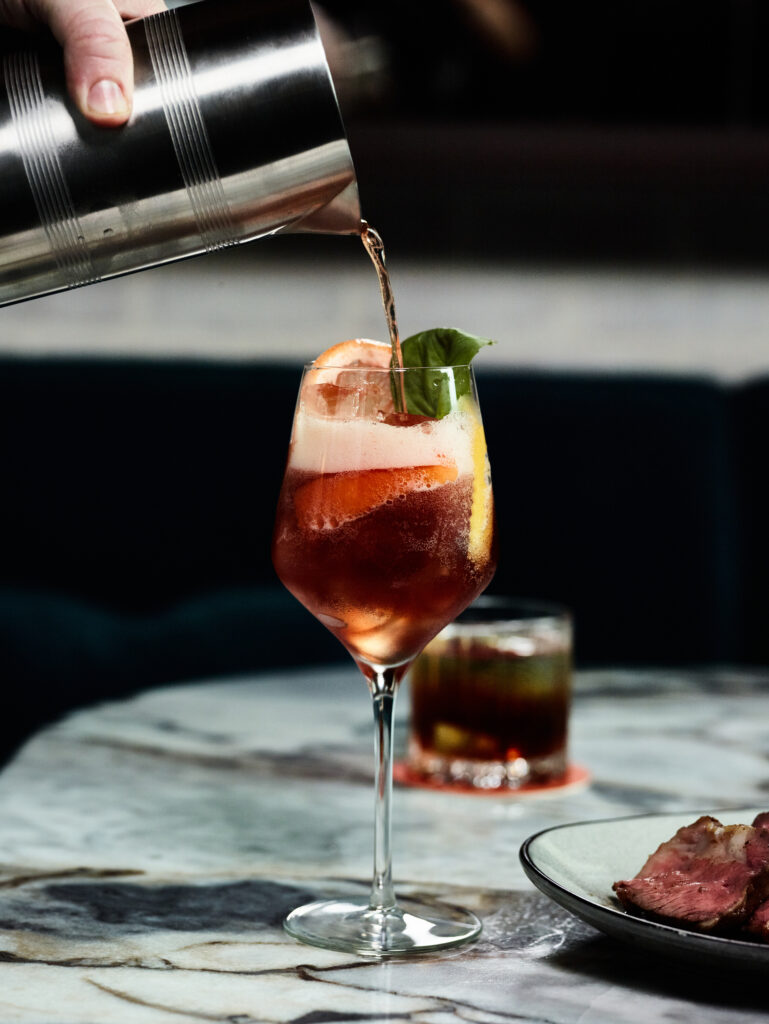
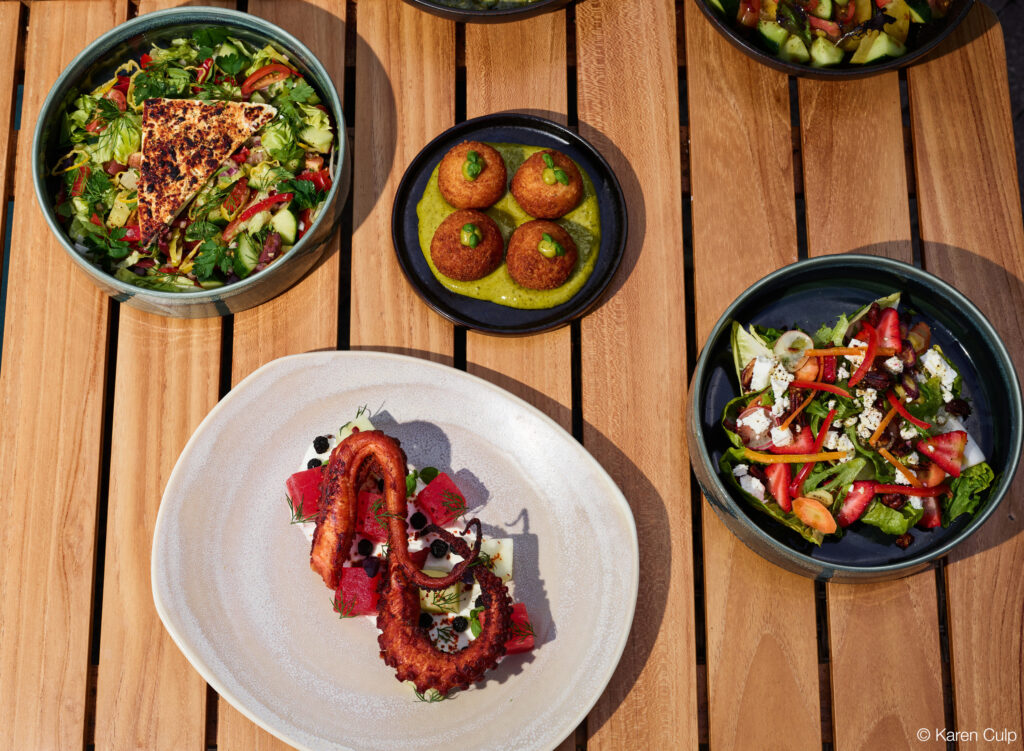
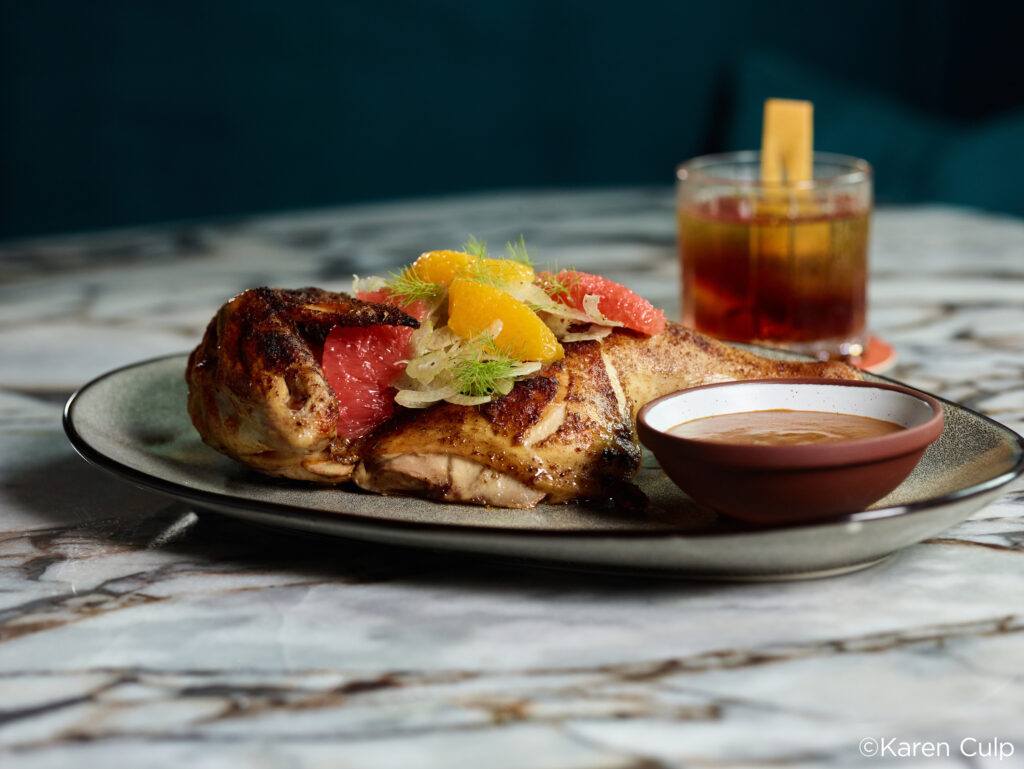
You work with a great variety of clients. What are some of the ways you differentiate yourself to best accommodate their needs?
I carry all my lenses with me when I’m on location, and the fact that I often shoot a mix of product, portraits, food, and interiors means I’m ready the second someone asks me for something that wasn’t on the shot list. I’m comfortable shooting all these things, so without hesitation, I can say, “Sure!”
I always get reactions when people see my gear. Mostly because they’ve never seen a Phase One before and to them it looks like a really “serious camera.” I often explain to them how it’s different, how it has a huge sensor to capture incredible detail, etc. and because I’m always shooting tethered, they see the detail and color in person. They quickly see how amazing the system is.
Is there a particular client project that you’re especially proud of and why?
I had a two-day shoot in Florida for a high-end restaurant that included photos of the interiors, full menu, cocktails, owners, and chefs. I was surprised to see that they literally still had paper covering the floor when I arrived, missing tables, and about 15 barstools that needed an inch trimmed off each leg to fit the height of the bar! There were so many moving parts that day, furniture being delivered and contractors and electricians running around trying to finish things up. It could have been total chaos, but I kept my focus on the shots we needed, and all my client’s needs to get everything done.
Any tips on how to hold it together under challenging circumstances?
Be prepared. Prior to any shoot, have a great checklist! Know what you’re shooting and prepare a mock ‘setting up’ for the type of shoot you’ll be doing. That helps ensure you’ll have all the necessary gear. After you take some test shots, it will be smooth sailing.
Remind yourself that you know what you’re doing — that’s why they hired you!
Don’t let anyone question your method. You have your own way of doing things and there is always something your client can learn from watching you.
At the end of the day, everyone wants you to produce amazing photos.
For more information please see below:
Instagram: https://www.instagram.com/kculp_com/
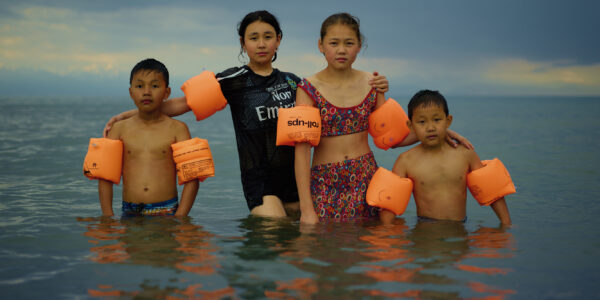
Photographer Stories
Intimacy in focus: Louise’s lens on humanity with Phase One_Part1
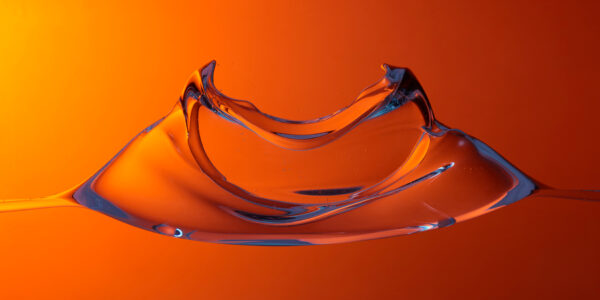
Photographer Stories
Dimitri Newman: Vision is Just the Start
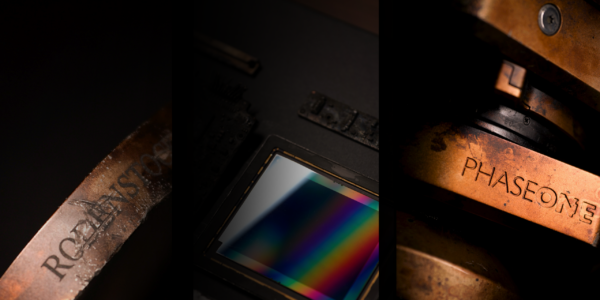
Photographer Stories
Ashes: The Rebirth of a Camera- Hexmalo
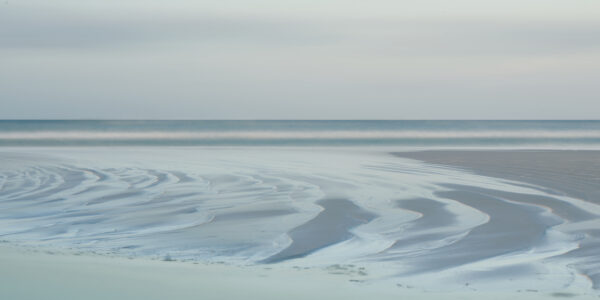
Photographer Stories
Chandler Williams: A Photographer’s Path
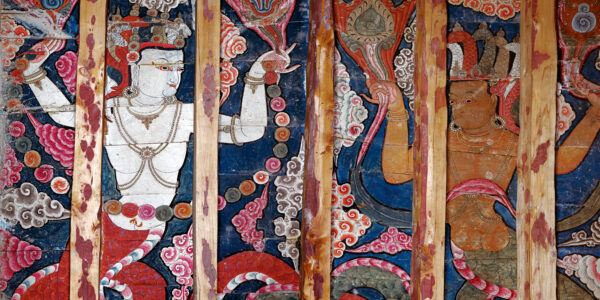
Photographer Stories
TABO- Gods of Light
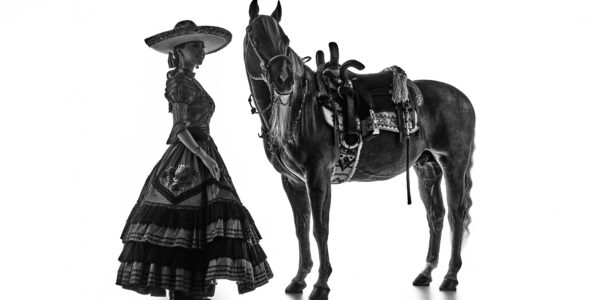
Photographer Stories
Loreto Villarreal – An Evolving Vision
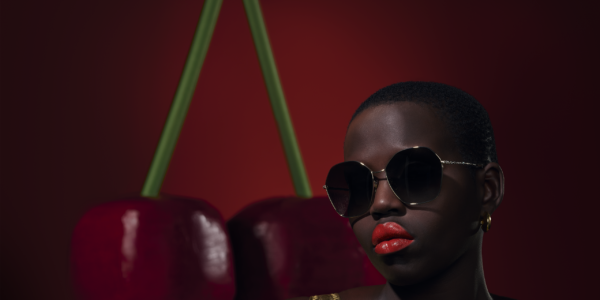
Photographer Stories
Tobias Meier – Storytelling Photography
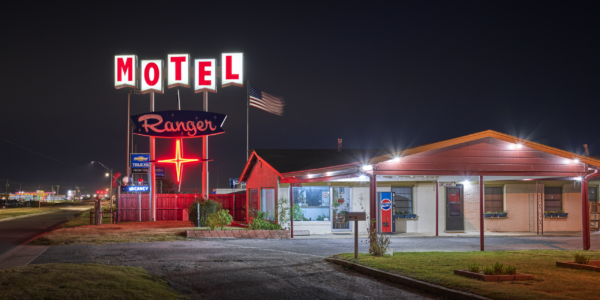
Photographer Stories
Gregory Essayan – Curating Reality
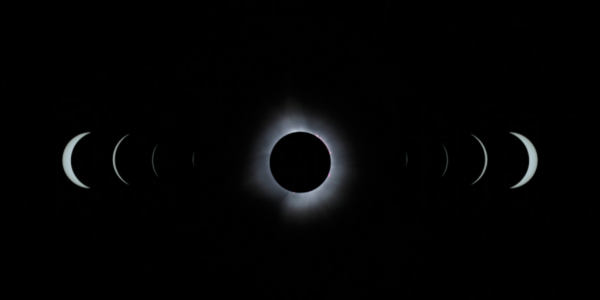
Photographer Stories
Total Solar Eclipse – Matthew C. Ng
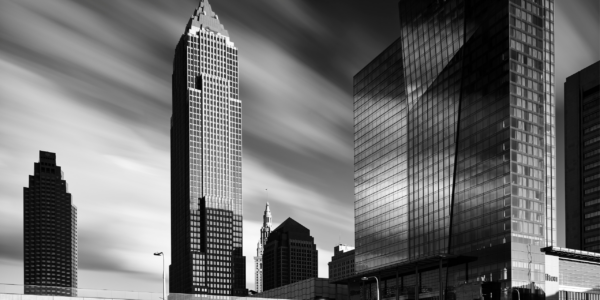
Photographer Stories
Roger Mastroianni – Frame Averaging
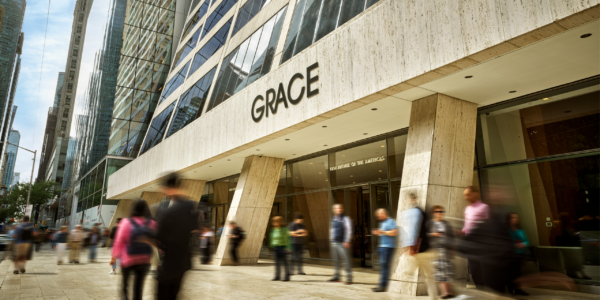
Photographer Stories
Matthew Plexman – Bringing portraits to life
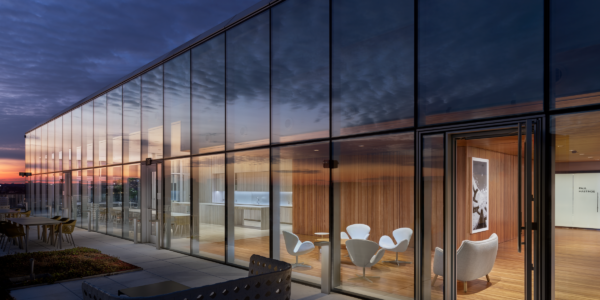
Photographer Stories
Prakash Patel – A Visual Design Story
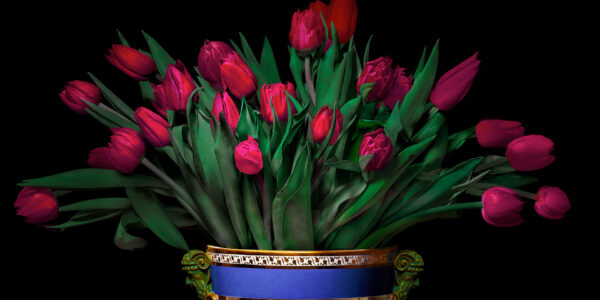
Photographer Stories
T.M. Glass: Flower portraits
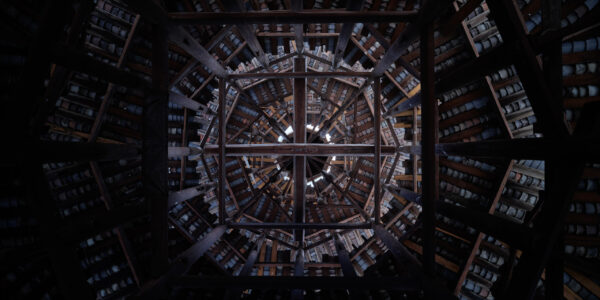
Photographer Stories
Preserving ancient Chinese buildings – Dong Village
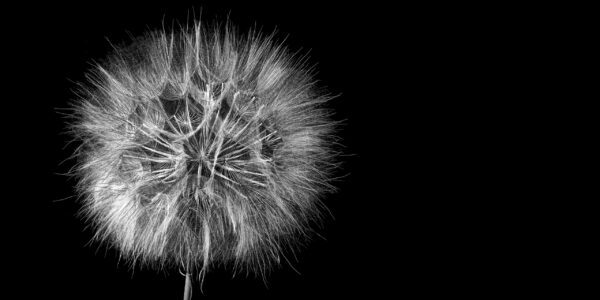
Photographer Stories
Jeff Puckett – The Art of Photogravure
